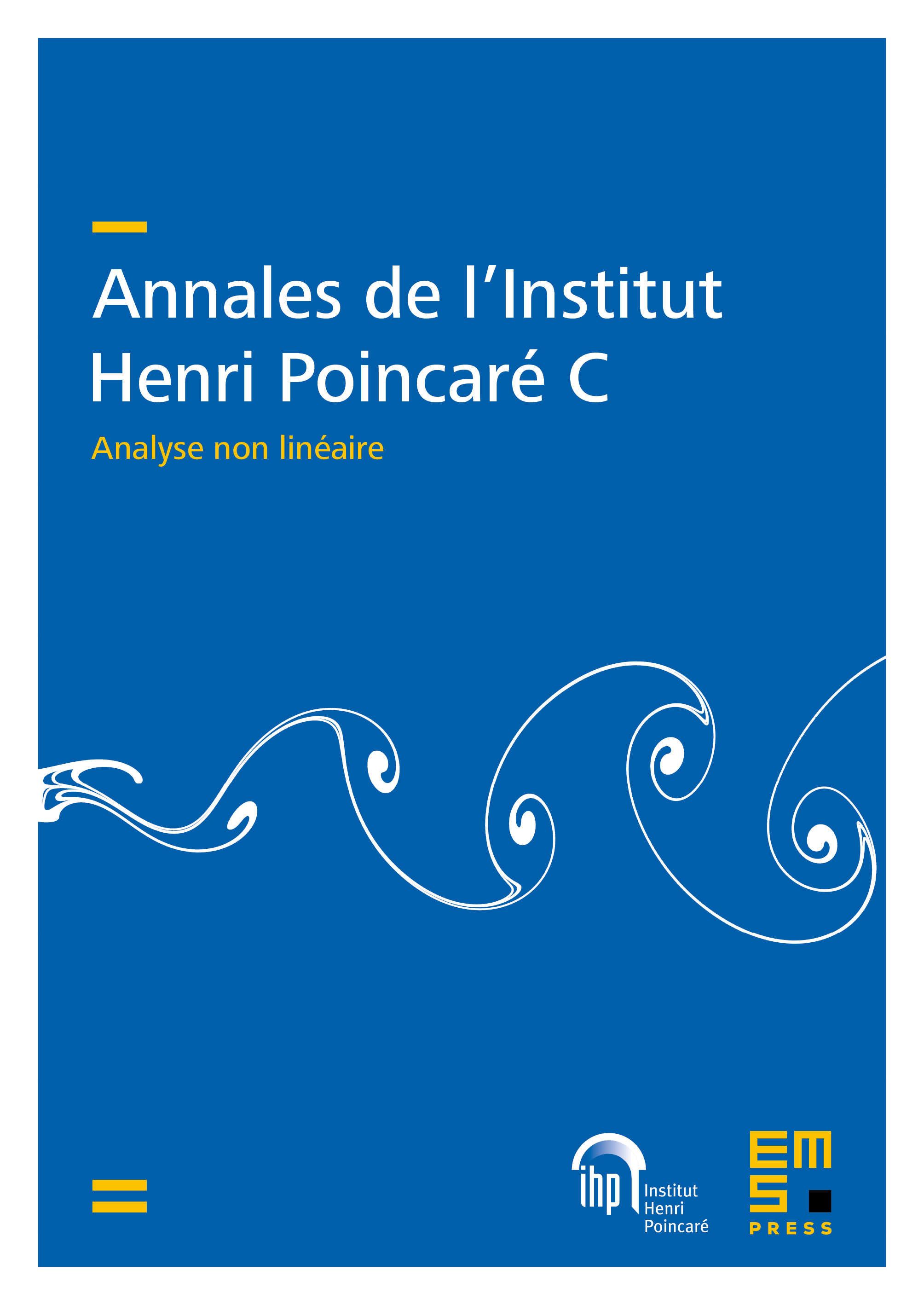Reaction–diffusion equations in the half-space
Cole Graham
Brown University, Providence, United States of AmericaHenri Berestycki
Centre d'Analyse et de Mathématique Sociales, Paris, France; Hong Kong University of Science and Technology, China

Abstract
We study reaction–diffusion equations of various types in the half-space. For bistable reactions with Dirichlet boundary conditions, we prove conditional uniqueness: there is a unique nonzero bounded steady state which exceeds the bistable threshold on large balls. Moreover, solutions starting from sufficiently large initial data converge to this steady state as . For compactly supported initial data, the asymptotic speed of this propagation agrees with the unique speed of the one-dimensional traveling wave. We furthermore construct a traveling wave in the half-plane of speed .
In parallel, we show analogous results for ignition reactions under both Dirichlet and Robin boundary conditions. Using our ignition construction, we obtain stronger results for monostable reactions with the same boundary conditions. For such reactions, we show in general that there is a unique nonzero bounded steady state. Furthermore, monostable reactions exhibit the hair-trigger effect: every solution with nontrivial initial data converges to this steady state as . Given compactly supported initial data, this disturbance propagates at a speed equal to the minimal speed of one-dimensional traveling waves. We also construct monostable traveling waves in the Dirichlet or Robin half-plane with any speed .
Cite this article
Cole Graham, Henri Berestycki, Reaction–diffusion equations in the half-space. Ann. Inst. H. Poincaré Anal. Non Linéaire 39 (2022), no. 5, pp. 1053–1095
DOI 10.4171/AIHPC/27